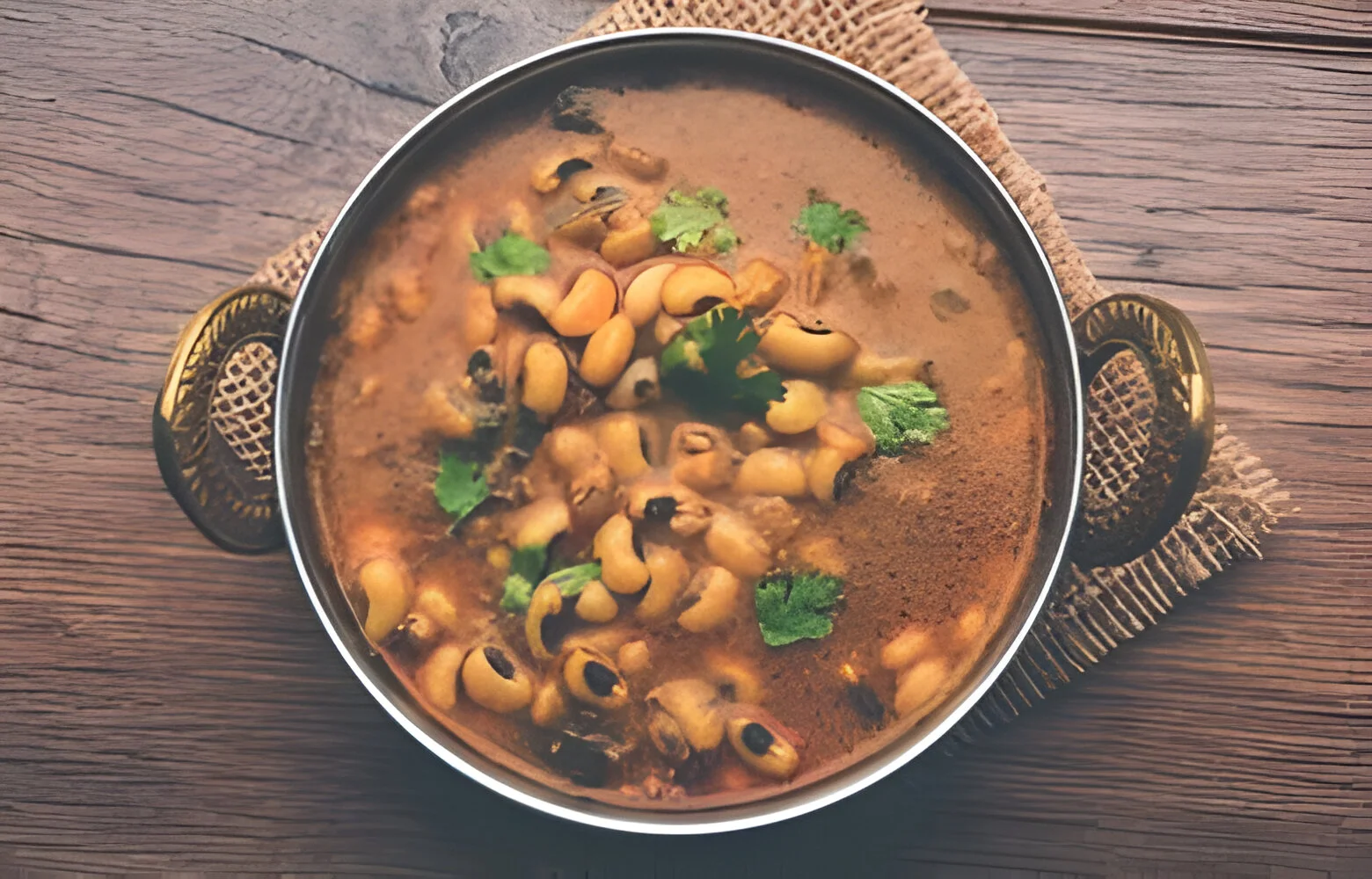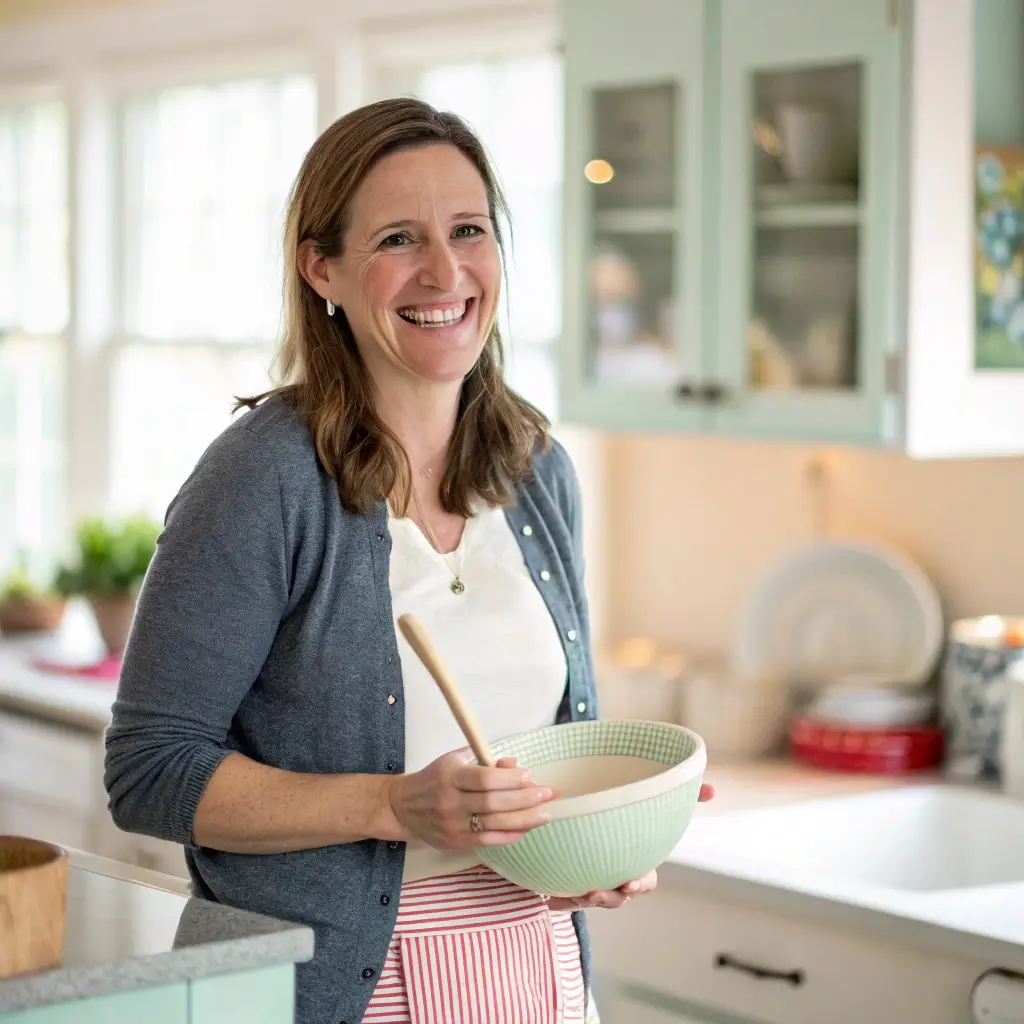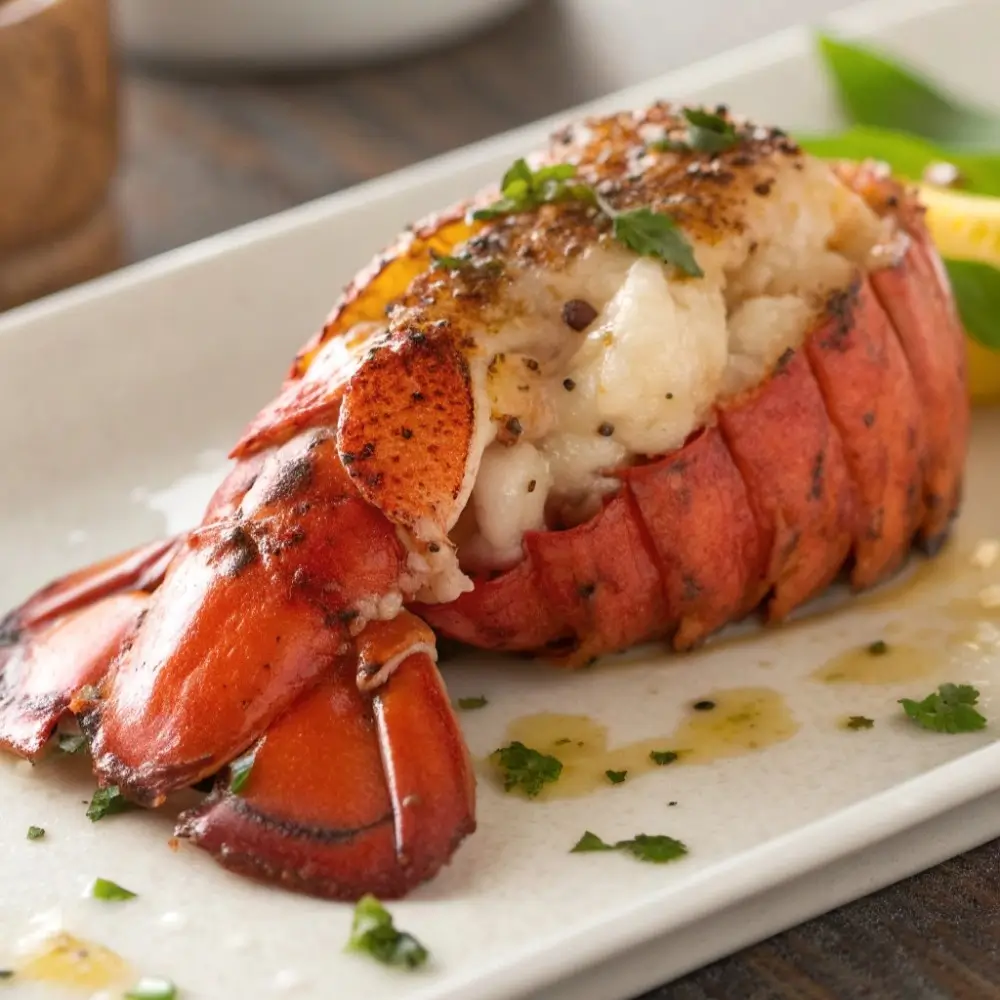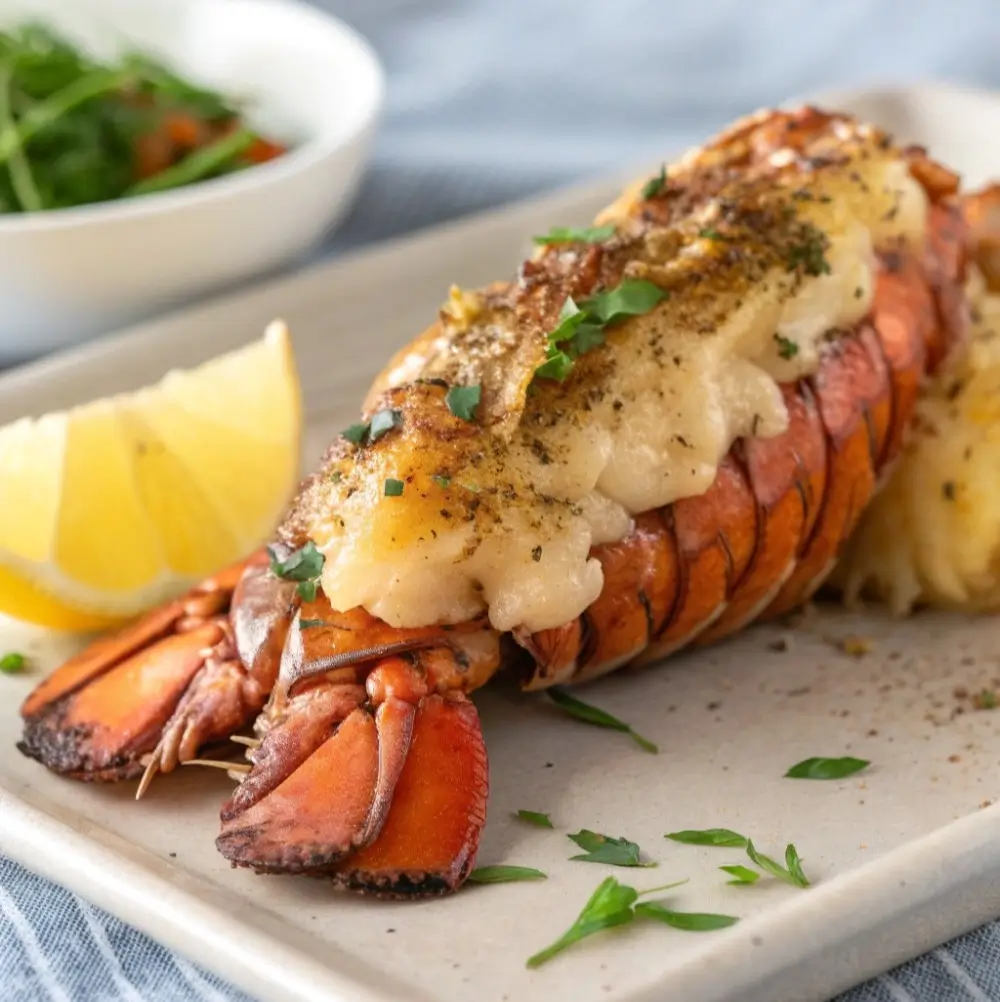Table of Contents
In every spoonful of black-eyed peas, there’s a story—a rich tapestry woven from culture, tradition, and the simple joy of cooking. These legumes, modest yet mighty, are a canvas waiting for a splash of creativity. In this article, we embark on a culinary journey, exploring ways to jazz up black-eyed peas, transforming them from a humble side dish to the star of the dinner table. From the whispers of tradition to the shouts of modern culinary innovation, we’ll cover everything you need to know to elevate this classic dish. Let’s get the pot simmering with an introduction to black-eyed peas, their nutritional prowess, and their cultural significance.
Introduction to Black-Eyed Peas
Understanding Black-Eyed Peas
Black-eyed peas, a type of cowpea, have been a staple in diets around the globe for centuries. But what exactly are they? Despite their name, black-eyed peas are not peas at all; they are beans. They’re identifiable by their distinctive black spot, or “eye,” set against a creamy white background. This legume is not just a feast for the eyes but a treasure trove of nutritional benefits, packed with protein, fiber, and folate.
Cultivating black-eyed peas is as enriching for the soil as it is for our bodies. They’re nitrogen-fixing plants, which means they help enrich the soil with nitrogen, reducing the need for synthetic fertilizers. It’s a win-win for both farmers and home gardeners looking to maintain healthy, fertile land.
The Cultural Significance of Black-Eyed Peas
The tradition of eating black-eyed peas for luck on New Year’s Day is deeply rooted in Southern culture, yet it resonates with people from various parts of the world. This custom underscores the peas’ ability to bring communities together, symbolizing hope and prosperity. Whether it’s a quiet family dinner or a grand feast, black-eyed peas are a beacon of tradition and a testament to the enduring belief in the good that the future holds.
In many households, black-eyed peas are more than just a meal; they’re a ritual, a way to honor past generations and forge connections with the future. This legume’s versatility allows it to cross cultural boundaries, making it a cherished ingredient in countless recipes.
As we jazz up black-eyed peas, we’re not just seasoning a dish; we’re enriching a legacy. Stay tuned as we dive deeper into selecting, preparing, and cooking black-eyed peas in a way that celebrates their rich history and nutritional value.
Transitioning from our cultural exploration of black-eyed peas, let’s delve into preparing them. Whether you’re a seasoned chef or a curious newbie, mastering their preparation is essential for flavorful, traditional dishes.
Preparing Black-Eyed Peas
Selecting and Preparing Your Peas
When it comes to selecting black-eyed peas, you have a few options: dried, canned, or fresh. Dried black-eyed peas offer the most traditional flavor and texture but require a bit of foresight due to the soaking process. Canned black-eyed peas are a convenient, time-saving alternative, though they can be higher in sodium. Fresh black-eyed peas are a treat when you can find them, offering a slightly sweeter taste and a quicker cooking time.
Before cooking, dried black-eyed peas need a good rinse to remove any dirt or debris. After rinsing, you’ll need to soak them. Soaking not only reduces cooking time but also helps in making the peas more digestible. You can opt for an overnight soak or a quick soak method, depending on how much time you have on your hands.
Cooking Methods
Stovetop Method
The stovetop method is perhaps the most traditional way to cook black-eyed peas. After soaking, drain your peas and add them to a pot filled with fresh water. Cook them on a simmer, allowing the peas to become tender and creamy without turning mushy. This method gives you full control over the cooking process, letting you adjust the seasoning and water as needed.
Slow Cooker Method
For those who prefer a set-it-and-forget-it approach, the slow cooker is your best friend. This method is perfect for achieving deeply flavorful and tender black-eyed peas with minimal effort. Simply add your soaked (or unsoaked if you’re in a pinch) peas to the slow cooker, cover with water, and let them cook on low for about six to eight hours.
Instant Pot Method
The Instant Pot method is a game-changer for cooking black-eyed peas, especially if you forgot to soak them. The pressure cooking function allows you to cook dried peas in about an hour, no soaking required. Just like with other methods, ensure you have enough water to cover the peas, and feel free to add any seasonings or aromatics to the pot before cooking.
No matter which method you choose, the goal is to achieve peas that are tender but not falling apart, ready to be jazzed up with your favorite flavors. In the next part of our series, we’ll dive into the exciting world of flavor enhancements and creative recipes that will transform your black-eyed peas into a culinary masterpiece. Stay tuned, and remember, the best dishes are made not just with ingredients but with love and a dash of creativity.
Now that we’ve got our jazz up black-eyed peas cooked to perfection, it’s time to infuse them with flavors and textures that elevate them from simple to sublime. This part of our journey is where creativity meets tradition, and the culinary possibilities become endless.
Jazzing Up Black-Eyed Peas
Flavor Enhancements
A dish of black-eyed peas can be transformed with the right combination of herbs, spices, and aromatics. These ingredients don’t just add flavor; they weave a tapestry of taste that can transport you to different parts of the world.
Herbs and Spices
Fresh herbs like cilantro, parsley, or thyme can add freshness. Additionally, spices like cumin, coriander, or smoked paprika provide a warm, earthy undertone. Experiment with spice blends such as curry powder or Cajun seasoning for a dish that packs a punch.
Aromatics and Vegetables
Onions, garlic, and bell peppers (often referred to as the holy trinity in Southern cooking) are foundational for building flavor. Sautéing these aromatics before adding your black-eyed peas can create a rich flavor base. For added texture and color, consider throwing in diced tomatoes, spinach, or corn towards the end of cooking.
Creative Recipes
With black-eyed peas as your canvas, you can create an array of dishes that highlight their versatility. Here are a few ideas to get you started:
Salads and Sides
Toss cooled black-eyed peas with chopped vegetables, a tangy vinaigrette, and fresh herbs for a refreshing salad. Or mix them with cooked quinoa, a squeeze of lemon, and crumbled feta for a side dish that’s both hearty and healthy.
Main Dishes
Black-eyed peas can be the star of the show in main dishes. Additionally, try them in a vegetarian chili, simmered with tomatoes, spices, and a touch of maple syrup for sweetness. Alternatively, use them as the base for a vegan curry, cooked with coconut milk and a blend of aromatic spices.
Soups and Stews
For a comforting bowl, consider adding black-eyed peas to a soup or stew. They pair wonderfully with leafy greens like kale or collard greens. Additionally, a smoky flavor from paprika or liquid smoke enhances the dish. A hearty black-eyed pea soup with diced vegetables and a hint of thyme can be a warming meal on a chilly day.
By incorporating these flavor enhancements and creative recipes into your cooking repertoire, you’ll find that black-eyed peas are anything but boring. They’re a versatile ingredient that can adapt to various cuisines and dietary preferences, making them a staple in any kitchen.
Stay tuned for the next part of our series, where we’ll share additional tips and tricks for making your black-eyed peas dishes even more delicious, including make-ahead and storage advice. Cooking is an adventure, and with black-eyed peas, the journey is just as rewarding as the destination.
As we explore jazz up black-eyed peas, we’re reminded of simple ingredients’ power to create nourishing, flavorful dishes. In the next installment, we’ll offer practical advice to keep your black-eyed pea dishes fresh and enjoyable, celebrating tradition and innovation.
Additional Tips and Tricks
Having mastered the art of cooking and flavoring black-eyed peas, let’s look at how to keep them tasting their best.
Make-Ahead and Storage Tips
One of the beauties of black-eyed peas is their adaptability to make-ahead cooking, making them a perfect fit for busy schedules and meal planning.
- To store: Allow your cooked black-eyed peas to cool completely before transferring them to an airtight container. They’ll keep in the refrigerator for up to four days, retaining their flavor and texture. This little pause can actually deepen the flavors, making your dish even more delicious after a day or two.
- To freeze: For longer storage, black-eyed peas freeze beautifully. Place cooled peas in freezer-safe bags or containers, leaving some space for expansion. Frozen, they’ll keep for up to six months. When you’re ready to enjoy, thaw them in the refrigerator overnight or reheat straight from frozen, adding a little water to prevent drying out.
- Reheating: Gently reheat your black-eyed peas on the stove over low heat, adding a splash of water or broth to keep them moist. You can also microwave them in a covered dish, stirring occasionally to ensure even heating.
Serving Suggestions
Reimagining how you serve black-eyed peas can also breathe new life into this classic dish. Consider serving them alongside a colorful salad, over a bed of fluffy rice, or as part of a vibrant bowl with greens, grains, and a punchy sauce. The versatility of black-eyed peas means they can be a comforting staple or an exciting culinary adventure, depending on how you choose to jazz them up.
For those looking to dive deeper into the world of black-eyed peas and discover more ways to incorporate them into your meals, this resource on cooking and enjoying black-eyed peas offers a wealth of ideas and inspiration.
As we conclude this part of our guide on jazzing up black-eyed peas, we hope you’re inspired to experiment in your kitchen. Whether planning a week’s meals or seeking flavorful variety, black-eyed peas blend simplicity with creativity.
Stay tuned for our next and final installment, where we’ll address some frequently asked questions about black-eyed peas. From their nutritional benefits to their culinary versatility, we’ll ensure you have all the information you need to make black-eyed peas a beloved part of your cooking repertoire.
FAQs
Can I Make Black-Eyed Peas Without Meat?
Absolutely! Black-eyed peas shine in versatility. They can be vegetarian or vegan with ease. First, swap meat-based stock for vegetable broth. Then, add umami-packed ingredients like mushrooms or smoked paprika. This mimics meat’s deep flavors. Lastly, a drizzle of olive oil or coconut milk adds richness.
How Do I Make My Black-Eyed Peas Creamy?
For creamier black-eyed peas, the cooking method and duration are key. Slow cooking on the stovetop or in a slow cooker can help break down the peas slightly, creating a naturally creamy texture. Additionally, reserving some of the cooking liquid and mashing a portion of the peas before stirring them back into the pot can enhance their creaminess without the need for added fats.
Are Black-Eyed Peas Gluten-Free?
Yes, black-eyed peas are naturally gluten-free, making them a fantastic option for those with gluten sensitivities or celiac disease. Just be mindful of any additional ingredients or seasonings you use to ensure they are also gluten-free.
Throughout our adventure to jazz up black-eyed peas, we’ve tackled it all. From prep work basics to flavor-boosting secrets and smart storage, we’ve seen how these modest legumes open up a world of culinary exploration. Indeed, their deep roots in tradition and impressive health perks highlight the magic of simple kitchen staples.
For further cooking creativity and advice on crafting standout meals, Opera Cook is your go-to. There, a wealth of resources awaits to spark your kitchen creativity and ensure your dining experiences are warm and welcoming.
So, jump right in. Get creative with those black-eyed peas. You’ll see your dishes go from simple to stunning. Every bite will be a delight. It will also honor the rich blend of flavors and traditions in our cooking heritage.
Whether you’re honoring traditions, focusing on health, or exploring new tastes, keep this in mind. The best dishes emerge from creativity and love. So, go for it. Spice up those black-eyed peas. Let every bite share a tale of taste, tradition, and creativity.





